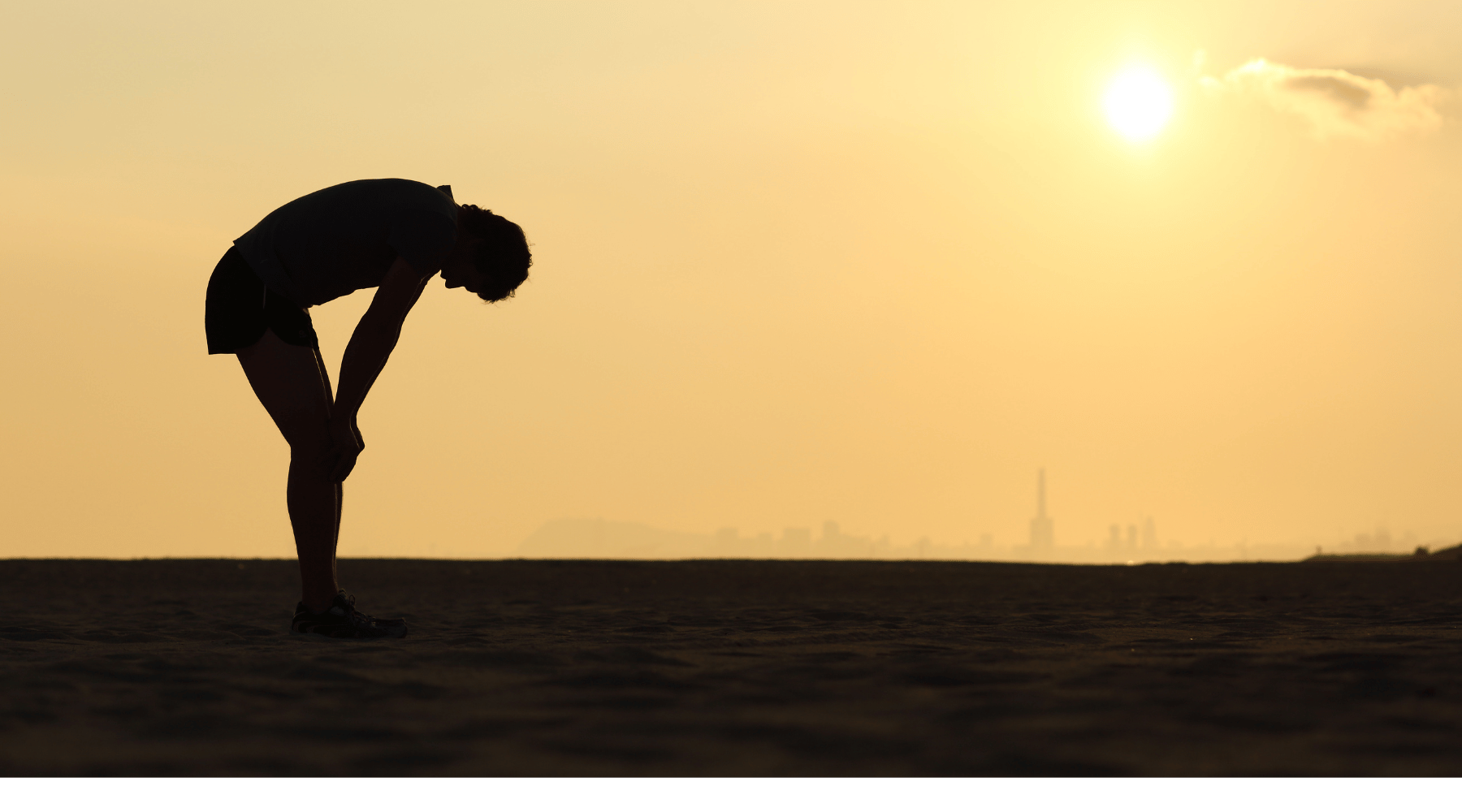Each week, OMRF Chief Medical Officer Dr. Judith James opens “Adam’s Journal” to answer a medical question from Adam Cohen, OMRF’s senior vice president & general counsel.
Adam’s Journal
For obvious reasons, I’ve been exercising more in the heat lately. I know that training in warm temperatures is important if your goal is to, say, participate in an outdoor athletic competition this summer. But does working out in the heat – as opposed to a cooler, more comfortable environment – have any additional benefits?
Dr. James Prescribes
For many people, exercising in the heat should be avoided. Increased temperatures bring increased risk of heat-related illnesses or emergencies, such as cramping, heat exhaustion and heat stroke. This is especially true for those beginning or returning to exercise, older individuals, people with underlying health conditions like obesity or heart issues, and those taking certain medications.
When you exercise on a hot day, your body faces a two-fold challenge. First, just like any time you work out, it must deliver blood to your muscles. But it also must deliver blood to your skin, which keeps your body from overheating.
This divide-and-conquer approach is challenging for your body. But usually within a week or two, your body starts to acclimate to the heat.
First, your body sweats more efficiently. That means you begin perspiring earlier in a workout, produce more sweat, and lose fewer electrolytes as you sweat. While this adaptation is extremely beneficial for exercising in the heat, it will not necessarily boost cool weather performance.
Exercising in the heat also changes your blood composition, with a dramatic uptick in the amount of plasma coursing through your veins. However, that part of our blood doesn’t include hemoglobin-rich red blood cells, which deliver oxygen to your muscles. So, it’s unclear if this translates to better performance in more moderate temperatures.
Still, a series of exercise studies suggest that there are benefits that will carry over under both hot and cool conditions. All of them involve competitive cyclists.
In one from 2010, those who trained in hot conditions for a week performed from 4-8% better in cool conditions than before heat training, while those who did the same training in cool conditions didn’t improve at all.
A pair of more recent studies looked at the blood of cyclists who trained in the heat for five weeks versus controls who worked out in normal temperatures. Both found increases in oxygen-rich hemoglobin cells in the heat-trained riders. Only one of the studies looked at performance measures; while it showed advantages in the heat-trained group, those effects were smaller than in the 2010 study.
Exercise in the heat seems to bring physiological benefits that outlive the hot temperatures. But, of course, use caution: Hydrate often, reduce intensity and end the workout if you begin to feel dizzy or sick.
–
Do you have a health query for Dr. James? Email contact@omrf.org and your question may be answered in a future column!



